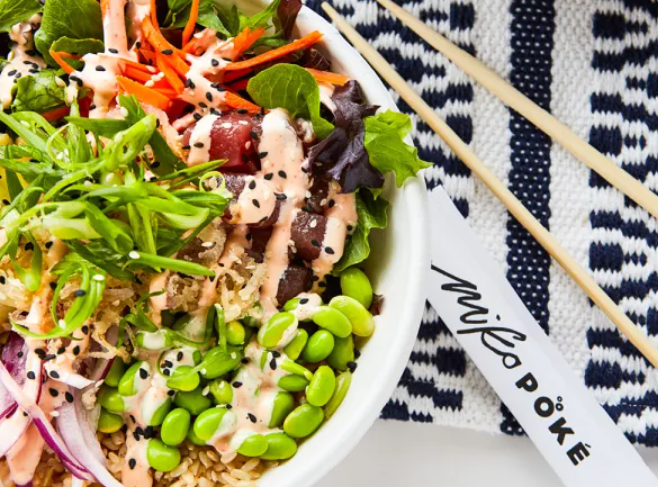A new study has shown that the raw seafood you are ordering in dishes such as poke, ceviche and sushi may not be what you think it is.
This could be a particularly critical issue for those with food allergies.
The study, conducted by the Food Science Program at Chapman University, examined 103 samples of sushi, poke, and ceviche sold at restaurants in Orange County, CA. A whopping 63% of them were mislabeled.
About ⅓ of the incidents of fish mislabeling were identified as “species substitution” – when something is identified as, say, halibut or red snapper, but is actually a cheaper white fish. The study’s authors said there is often economic motivation for this type of substitution, but noted that it could be happening somewhere in the fishing industry before the fish winds up at the restaurant level.
The remaining ⅔ of the mislabeling incidents were restaurants using names for the fish other than those on the FDA’s Seafood List. Some common examples of this include the labeling of Amberjack as “Yellowtail” and the labeling of Escolar as “White Tuna.” The FDA’s list was established to establish common names for the industry and protect consumers.
The Washington Department of Fish and Wildlife notes that seafood mislabeling can be dangerous to those who are allergic to shellfish but can eat other types of seafood, and those with similar allergies. Mislabeled fish could also contain toxins that you were not aware of, and the mislabeling can have an impact on conservation efforts for endangered species.
How can you protect yourself from seafood mislabeling?
- Seafood Watch – a conservation organization that rates the sustainability of seafood, and whose ratings are used by Disney, Red Lobster, Whole Foods, and other companies – produces consumer guides you can use to find out what fish is in season.
- Remember the old adage: If it sounds too good to be true, it probably is. That great price you are getting on a normally expensive fish could indicate mislabeling.
- Try to order seafood from restaurants you frequent and trust. Ask questions like when and where their seafood was sourced.
- Speak up about any allergies or other health concerns you have – don’t just count on avoiding an allergen with your order. Restaurant staff should be eager to listen and tell you what precautions they can take to keep your plate allergen-free.
Stay tuned to DFB for the latest food news!
Seafood Controversy: Will Disney Stop Serving Lobster?
Join the DFB Newsletter to get all the breaking news right in your inbox! Click here to Subscribe!
Are you worried about seafood mislabeling? Share your concerns in the comments!
The post That Fish You’re Eating … Might NOT Be the Fish You Think You’re Eating first appeared on the disney food blog.




